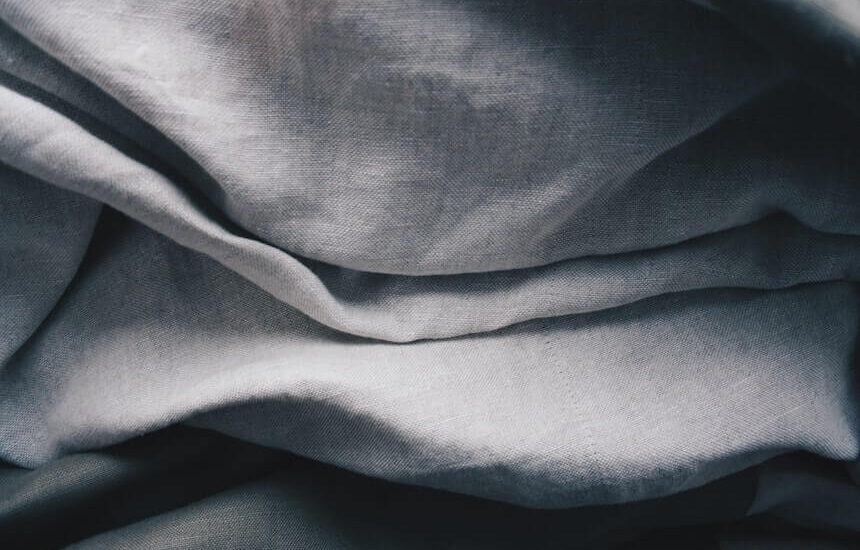- December 17, 2022
- Posted by: Andrew
- Category: Uncategorized

Calico is a coarse cotton loom state fabric that is undyed and has a low thread count. The natural fabric is created in the same way that cotton cloth is. It is manufactured from unbleached cotton fibers that have been partially treated. Muslin is a cotton fabric as well. Muslin, on the other hand, is much finer than calico. It, too, is a cotton loom state fabric that comes in a variety of weights. Because of its looser weave and lower thread count, most people connect muslin with its more delicate sheers, although it can also come in a heavy coarse form, similar to calico.
ALL ABOUT MUSLIN PATCH
Muslin is a beautifully and loosely woven cotton fabric extending back to ancient India. Muslin is made using a plain weave technique, with a single weft thread alternating over and under a single warp thread. The straightforward procedure yields one of the softest and most breathable fabrics on the market. There’s a reason why muslin fabric has been popular for ages. The following are the top muslin properties:
- Longevity. Despite its reputation for softness, muslin is an extremely robust cloth. It can handle pulling and twisting (common with children) without breaking or fraying.
- Ability to breathe. It’s a lightweight, loosely woven fabric that allows for airflow, which is why many parents use it for swaddling babies. More on that later.
- Convenience. Muslin is well-known for its softness, which adds to its overall comfort.
- Care and upkeep. The technique of preserving and washing muslin cloth is rather simple (another huge bonus for parents with little ones).
ALL ABOUT THE CALICO PATCH
Calico fabric is a common choice for many when constructing prototypes (samples) and goods that must be durable and long-lasting. It is a well-known fabric throughout the world. It is a durable, strong, and low-cost fabric that is ideal for testing new clothing designs, producing pillowcases and quilts, bags, duvets, curtains, and a variety of craft projects. Calico makes an excellent backdrop canvas for a theatre, school, or village hall. It is widely used in schools for textiles and art classes since it is perfect for dyeing, printing, and experimenting when testing a wide range of projects. The fabric is both flexible and affordable. It is available in various weights, from heavy to light, and in various sizes, from a smaller cut to 10-meter rolls, making it excellent as a quality cotton of choice. It is said to be one of India’s oldest materials, dating back to the 12th century. ‘Calico’ is derived from the word ‘Calicut,’ a European name for the city of Kozhikode in Kerala (Southwestern India).
DIFFERENCE BETWEEN CALICO AND MUSLIN
The two textiles are strikingly similar. Both are made of cotton, yet they have distinct characteristics. Calico, on the other hand, is ideal if you require a sturdy fabric that is durable and long-lasting and can withstand being dyed, printed, and worked on. Muslin is the perfect fabric to use for more delicate applications such as garments and dressmaking.
BOTTOM LINE:
Cotton fabrics come in two varieties: calico and muslin. Do consider the distinctions mentioned above before selecting any one of them for your project.
